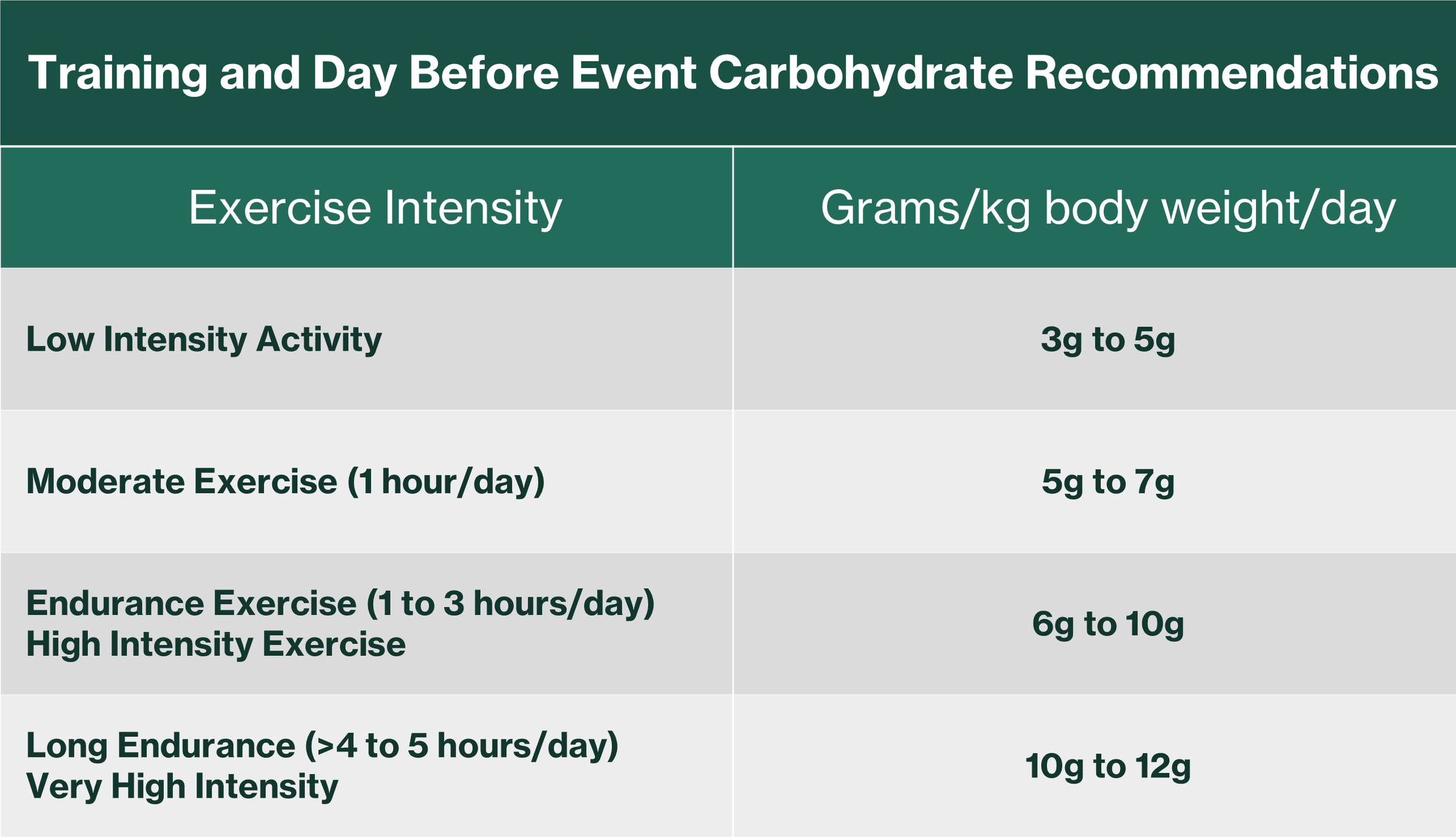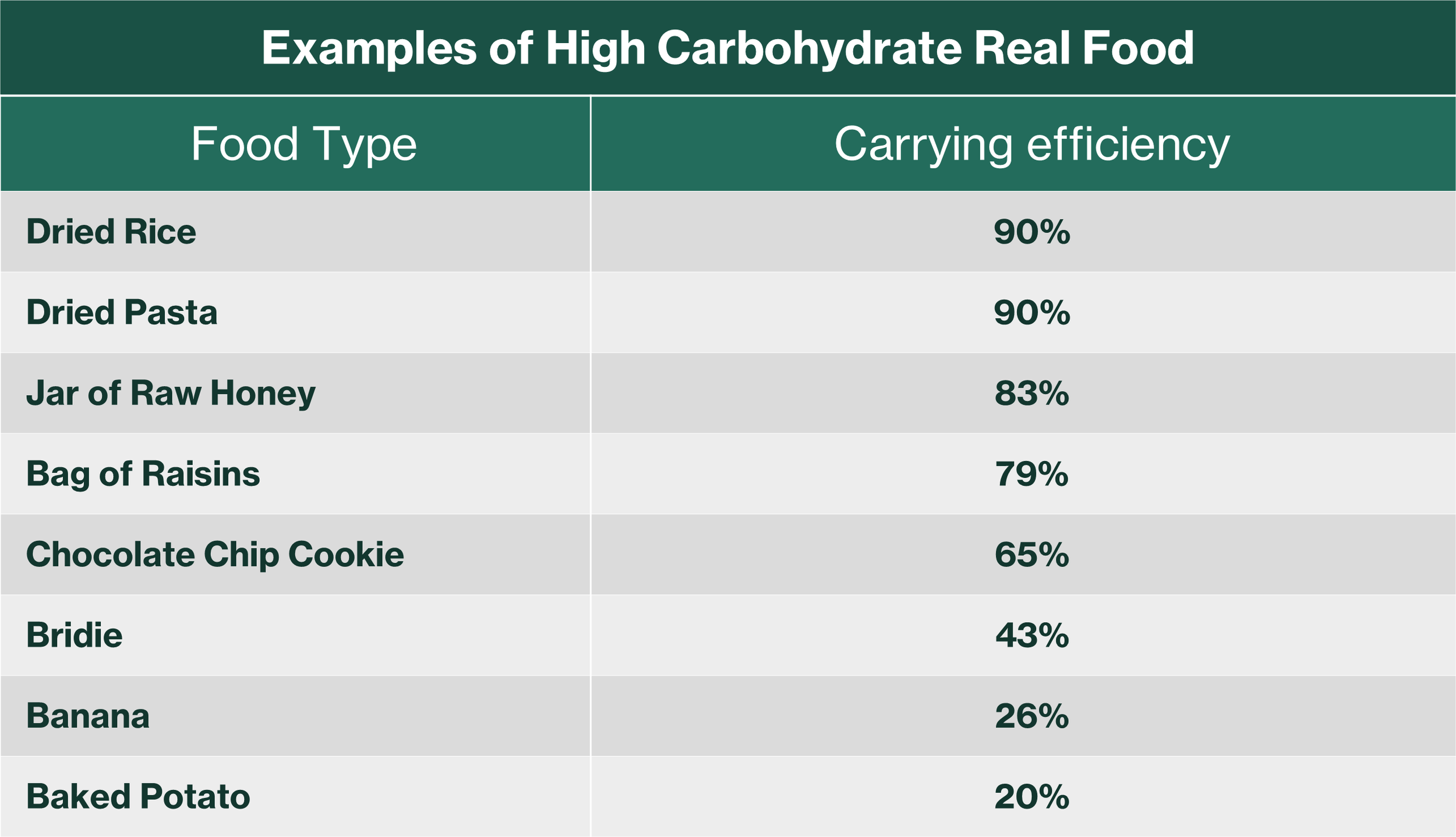I need more dietary carbohydrates for strenuous exercise
In a nutshell
Strenuous exercise requires more dietary carbohydrates than I typically consume
When cycling long distances and hill-climbing, I increase carbohydrate intake
I customise my eating before, during, and after strenuous exercise
The three macronutrients—carbohydrates, fat, and protein—are all essential for a healthy metabolism. I follow a low-carbohydrate lifestyle and can easily manage lighter, shorter-duration exercise by using a combination of body fat and limited dietary carbohydrates for fuel. Typically, I exercise late in the morning before my first meal of the day. These sessions might include a 1–2 hour bike ride, a 30-minute run, or about an hour of weightlifting.
Throughout this article, I refer heavily to a paper titled "Carbohydrates and Endurance Exercise: A Narrative Review of a Food-First Approach" [1] and the book "Sport Nutrition: An Introduction to Energy Production and Performance" [2]. I particularly like this quote from [1]:
“...the amount of [carbohydrate] required [is] linked to the intensity and duration of exercise. [Carbohydrate] may be consumed pre-exercise, during exercise, and post-exercise throughout training and competition...”
From personal (sometimes painful) experience, I’ve learned that my usual low-carb intake isn’t sufficient to fuel longer or more powerful bouts of exercise. It seems that high-intensity exercise may require 2–3 times more carbohydrate than low-intensity exercise (see Table 1).
Table 1: Suggested Carbohydrate Requirements by Exercise Intensity
I typically consume just over 150g of carbohydrates daily—which, according to some guidelines, isn't even enough for low-intensity activity. How do I feel about that? I’m still deciding. Time will tell whether the standard recommendations truly apply to me.
I’m still experimenting, but here’s my current approach to increasing carbohydrate intake to support strenuous exercise. Throughout, I focus on bioavailable carbohydrates—the simpler sugars and starches that our bodies readily absorb for fuel, excluding complex carbs that are fermented in the gut or excreted.
Light vs. Strenuous Exercise
Light Exercise
For me, light exercise includes activities like:
Moderate strength training for 30–60 minutes
A 90-minute flat off-road bike ride
A 30-minute Zone 2 run
A set of seven hill or beach sprints
Strenuous Exercise
Strenuous exercise comes in two forms: endurance and strength/power/high intensity.
Endurance: Long-distance activities like a bike ride over two hours or marathon running
Strength/Power/High Intensity: Activities like steep hill climbs on a bike, sprinting, heavy lifting, or team sports involving bursts of power
Sources and Role of Carbohydrates in Strenuous Exercise
There are three main sources of energy:
Blood Glucose: Always available at safe levels to fuel muscles and replenish glycogen stores
Muscle Glycogen: Stored carbohydrate in muscles, crucial for short bursts of high power (e.g., hill climbs)
Liver Glycogen: Released into the blood when glucose levels dip during prolonged or intense efforts
The challenge is managing these reserves—ensuring they’re topped up before, preserved during, and replenished after exercise.
Carbohydrate Usage by Exercise Type
Endurance Exercise
During events like marathons or long-distance rides, blood glucose and muscle glycogen deplete after a couple of hours. Consuming carbohydrates during exercise helps maintain energy levels and spares muscle glycogen.
Strength/Power/High Intensity Exercise
In activities like mountain biking uphill or sprinting, glycogen is the key fuel. Blood sugar and fat metabolism can’t keep up with the high energy demands, leading to lactic acid buildup (muscle burn). Afterward, the body clears the lactic acid, breathing rates spike to re-oxygenate muscles, and energy use shifts back to glucose and fat.
Carbohydrate Recommendations for Strenuous Exercise
While individual needs vary, conventional advice recommends high carbohydrate intake before, during, and after strenuous exercise (see Table 2). I’m following this guideline for now, preferring to risk a slight over-fuelling rather than hitting the energy wall again.
Table 2: Carbohydrate Requirement Guidelines Before, During, and After Strenuous Exercise
Types of Carbohydrates for Strenuous Exercise
Processed Gels, Energy Bars, and Drinks
In my earlier running days, I used plenty of sugary gels and drinks to maintain energy. They’re effective, portable, and convenient. However, mindful of sugar’s long-term health effects, I’m now more cautious.
One product I like is Generation Ucan, which uses a slow-digesting starch base. It provides sustained energy without the unhealthy insulin spikes and blood glucose swings typical of simpler sugar products.
Real Food
Whenever possible, I prefer real food for fueling. Benefits include:
More efficient glycogen replenishment (especially when protein is included)
A broader range of nutrients to support carbohydrate metabolism
Lower cost and better health outcomes
When bike-packing or camping overnight, I plan carefully to have enough high-carbohydrate food for both recovery and refuelling (see Table 3).
Table 3: High-Carbohydrate Foods by Carbohydrate Proportion
An Alternative Viewpoint: Tim Noakes
Besides the conventional view, there’s an alternative perspective. Tim Noakes, argues that metabolically flexible athletes—those who can efficiently burn fat—may require less carbohydrate supplementation.
Noakes, a former high-carb athlete turned low-carb advocate after developing Type 2 diabetes, believes that fat-adapted athletes can rely primarily on body fat stores, needing only modest amounts of carbohydrate during strenuous activity. Both viewpoints are summarised in Table 4.
Table 4: Conventional vs. Alternative Approaches to Carbohydrate in Strenuous Exercise
Summary
I’m still finding my personal "sweet spot" for carbohydrate intake during strenuous exercise.
What I know for sure: I need more carbs than I was consuming for longer, harder efforts.
What I’m unsure about: whether I truly need as much as conventional guidelines suggest.
My strategy is to start by consuming more than I might need and scale it back once I’m confident my energy needs are covered.
Will I ever get down to the ultra-low levels Tim Noakes proposes? Maybe. I’ll keep experimenting.
References
Naderi A, Gobbi N, Ali A, Berjisian E, Hamidvand A, Forbes SC, Koozehchian MS, Karayigit R, Saunders B. Carbohydrates and Endurance Exercise: A Narrative Review of a Food First Approach. Nutrients. 2023 Mar 11;15(6):1367. doi: 10.3390/nu15061367. PMID: 36986096; PMCID: PMC10054587
Sport Nutrition: An Introduction to Energy Production and Performance: 4th Edition (2025) Jeukendrup, Asker PhD, MSc. Champaign, IL. Human Kinetics ISBN: 978-1-7182-2171-0 (loose leaf)




